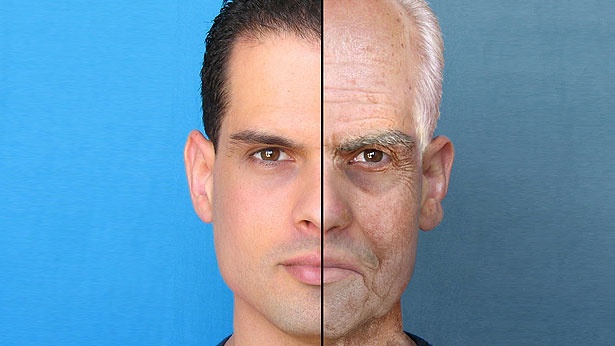You may have noticed that sometimes you can’t see clearly, and letters in a text you are trying to read seem to float in a fog. Until now, you might have thought this happens on account of fatigue, and you reassured yourself that you’re too young to have trouble seeing. But in some cases, the age on your ID doesn’t really reflect how old your body is.
On the other hand, even if you sometimes feel that you burst with energy, that doesn’t necessarily mean everything is going smoothly in your body. Examine your body through a series of tests designed to reveal you exactly how old your organs are.
The brain test
Unfortunately, neurons are among the few kinds of cells that don’t regenerate, so you should protect those that you have. To see how fast your mind works, try this simple exercise: count backwards by sevens from 100 to 0 and use a timer to see how fast you can do it.
If you are under 40 years of age, this shouldn’t take more than 20 seconds; if you are over 40, it should take you about 40 seconds. Now do the math. If you are within the allotted time, it means that the age in your ID and that of your brain coincide. If you counted faster, you can drop two years of your age, but if you were somewhat slower it means that you have to add two years to your age.
The muscle test
Muscle tissue controls the body’s center of balance, so it is recommended to exercise regularly. For this test, all you have to do is to stand on one leg with your eyes closed. Start the timer and try to keep your balance as long as you can. If you manage to stand on one leg for a minute, you’re four years younger than in reality; if you could do this for less than 30 seconds, you can cut only two years from your age. If you have such a poor balance that you could keep it only for 10 seconds, you should add three years to your actual age.

